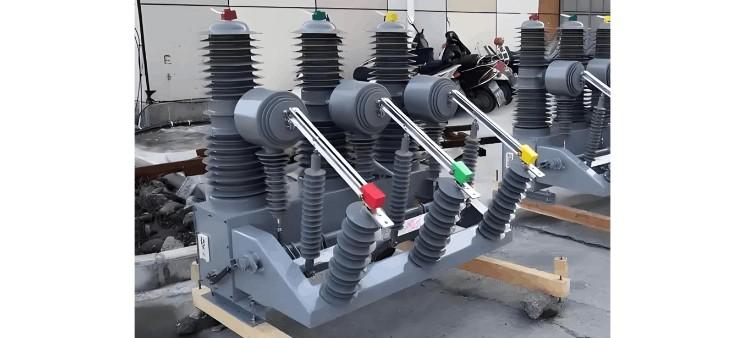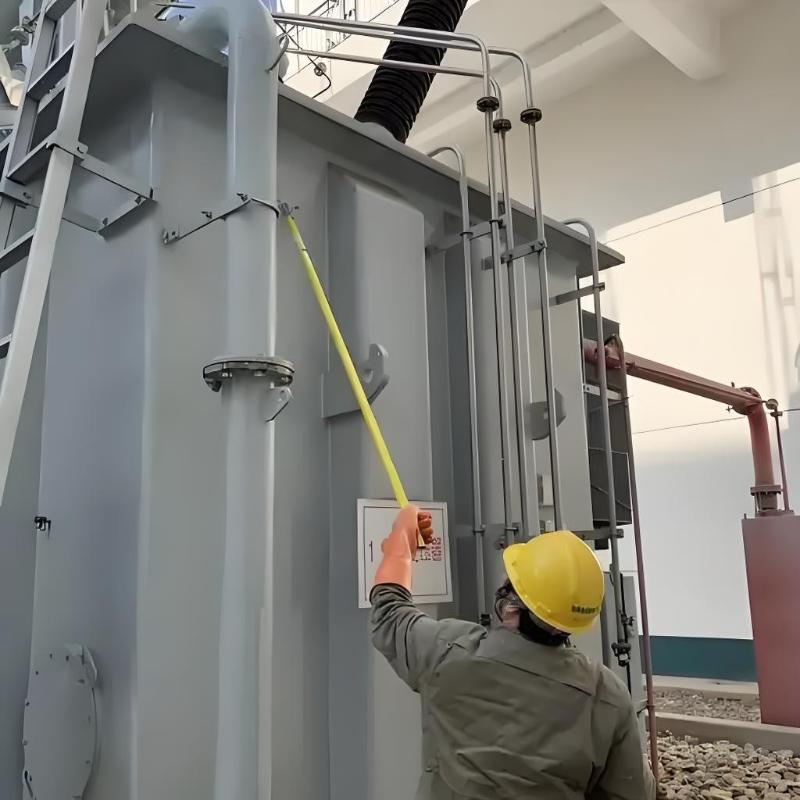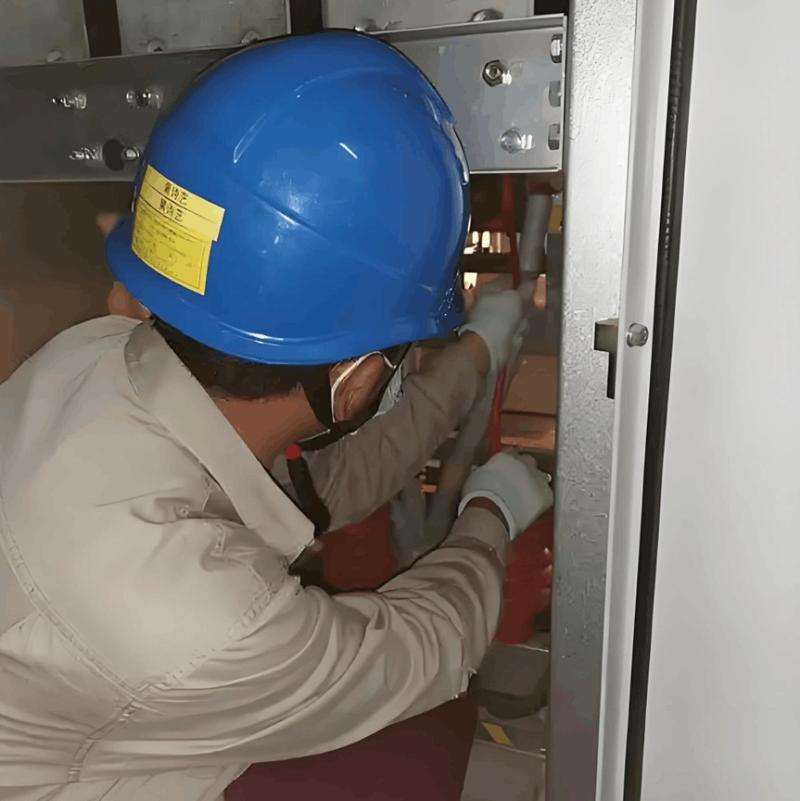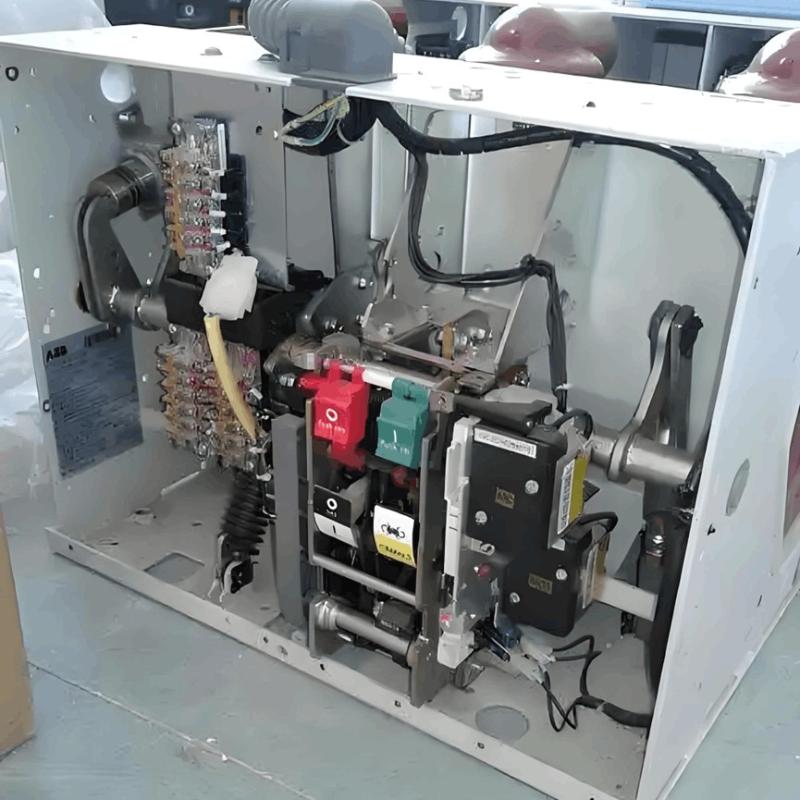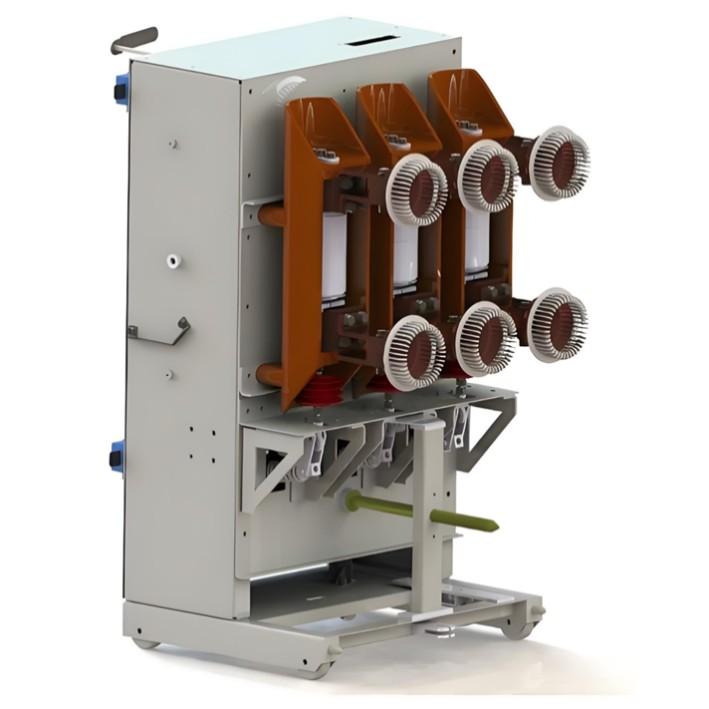- Product
- Suppliers
- Manufacturers
- Solutions
- Free tools
- Knowledges
- Experts
- Communities
Search
-
Herramientas gratis
-
IEE Business ofrece herramientas gratuitas impulsadas por IA para el diseño de ingeniería eléctrica y la elaboración de presupuestos para la adquisición de energía: ingrese sus parámetros haga clic en calcular y obtenga resultados instantáneos para transformadores cableado motores costos de equipos de energía y más confiables por ingenieros de todo el mundo
-
-
Soporte
-
IEE-Business apoya soluciones líderes empresas y expertos creando una plataforma donde la innovación se encuentra con el valorConocimientos técnicos sobresalientesUnirse y compartir conocimientos técnicos para ganar dinero de patrocinadoresSoluciones de Negocio ExcelentesÚnete y crea soluciones comerciales para ganar dinero de patrocinadoresExpertos Individuales DestacadosMuestra tu talento a los patrocinadores gana tu futuro
-
-
Descargar
Descargar
-
-
Obtener la aplicación IEE BusinessUtiliza la aplicación IEE-Business para encontrar equipos obtener soluciones conectarte con expertos y participar en colaboraciones de la industria en cualquier momento y lugar apoyando completamente el desarrollo de tus proyectos y negocios de energía
-
-
-
-
Colaborar
Socio
-
-
Unirse al programa de socios IEE BusinessImpulsando el Crecimiento Empresarial -- De las Herramientas Técnicas a la Expansión Global del Negocio
-
-


















